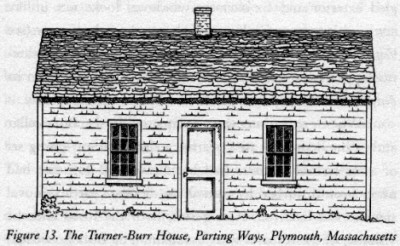References
The article "Universal Design in the Community Planning" by the Center for Universal Design examines new urbanist approaches to building residences and communities that presents challenges for universal design. Current trends including mixed-used developments that perpetuate daily movement act as a hindrance for universal designs that are meant to include all demographics. The article also discusses smart growth which directly addresses problems that exist within car-dependent populations. Smart growth encourages non-vehicular transportation within communities which can help senior citizens and persons with disabilities when transporting. This relates to Lid's "Implementing Universal Design in a Norwegian Context" because both articles examined how modern building trends hinder universal design and discriminate against people with disabilities. Both articles bring up implementations that can help the disabled, but the proposal's differ. The Center for Universal Design desires for cities to incorporate "smart growth" which allows for people with disabilities to easily transport throughout while Lid encourages a democratic process to occur where the government, city planners, and the people unite to create a better universal design that is all-inclusive.


